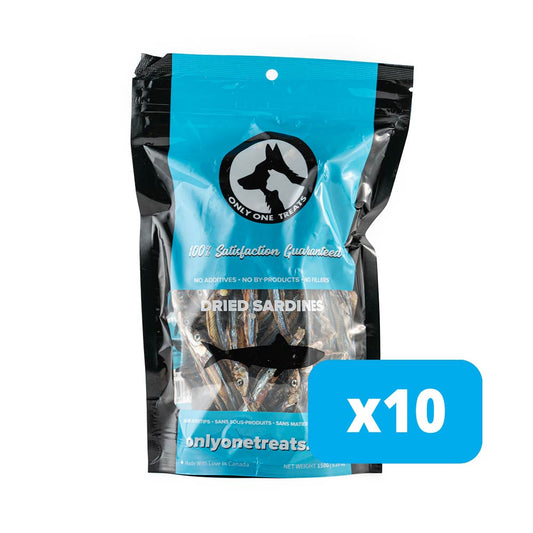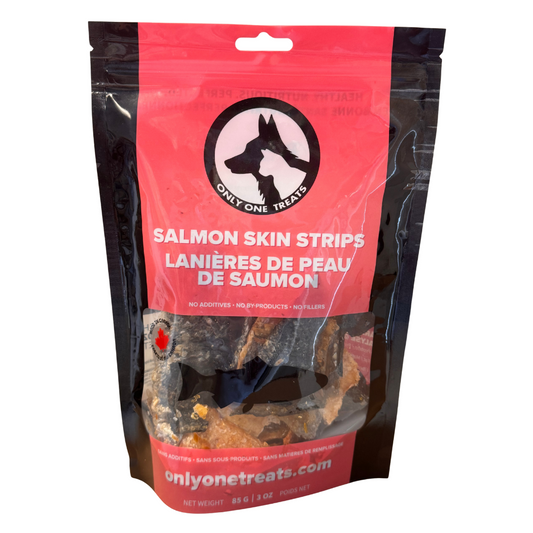Be Prepared this Summer: How to Prevent, Identify, and Treat Heatstroke in Dogs
Summer is a season that most people want to get outside and spend lots of time in the sun. However - since the days are also longer and hotter than at any other time - it is also a season that puts Fido most at risk for Heatstroke and Hyperthermia.
These conditions are very serious. Both require immediate veterinary assistance and have very negative outcomes if allowed to develop and/or progress without treatment. The good news is that by being aware of what can cause a dog to overheat - and by protecting them from being in unsafe summer situations – it is easy to avoid these issues. Read on to find out how.
How and Why Dogs Overheat More Easily than People
As animals without fur and with an ample number of sweat glands, we humans are quite good at cooling ourselves down by sweating. As our sweat evaporates, we are able to lower our body temperature when we are overheated.
Dogs are not as lucky as they don’t sweat the same way we do, plus their method of cooling down is not as effective. Since dogs are covered in fur, their primary method of cooling down is through panting as well as through dilating blood vessels in their face, ears, and feet.
Trouble can arise if a dog is in a situation where these cool-down methods are not enough.
Dogs that are at the Highest Risk of Developing Heatstroke:
- High-drive breeds (like Labs, Border Collies, or GSD) who are out playing fetch or perhaps competing in a dog sport outside. These breeds are high-energy and have a strong urge to please their owners. Therefore, owners need to intervene to prevent these dogs from working themselves too hard.
- Northern breed dogs like Huskies or Malamutes, or any other double coated breed can easily get too hot. Since these breeds were developed to withstand extreme cold weather, their thick coats conserve as much heat as possible – and that puts them at risk when they aren’t living in the environments they were designed for.
- Brachycephalic dogs – a fancy word that means dogs with short, pushed-in faces such as Pugs or English bulldogs. These dogs are not able to pant as effectively as other dogs and are thus much less able to cool themselves down than dogs with longer snouts.
- Older dogs, overweight dogs, and puppies. Much like in the human world, carrying more body fat, as well as being very young or quite old means that the body’s ability to function optimally when under heat stress is compromised more quickly and easily.
Situations that can Place your Dog at Risk for Heatstroke:
- Being left alone in the car. This one cannot be overstated. Even if the windows are partially down and the car is parked in the shade this does not mean its ok to leave your dog in the car. Dogs in general are less tolerant of high temperatures and can get overheated at temperatures lower than those that cause Heatstroke in people.
- Being outside in an area that has little to no shade, especially if the dog is also crated.
- Being outside in an area that has a lot of concrete or asphalt for a long period of time. For example, visiting events like outdoor markets, food truck festivals, flea markets and others can pose a risk for your dog if precautions are not taken.
- Being outside in an area that has little to no access to water.
- Going on a vacation in a much warmer place than the dog’s usual temperature at home.
- Competing in a dog sport outside in the middle of a hot and sunny day.
Tips to Prevent Heatstroke
- Always provide access to a large amount of cold, clean water and try to refill it whenever your dog has drunk it all - dogs are quite good at regulating their own water intake.
- Reschedule your dog’s walks so that they occur early in the morning and/or later at night after dusk so you can avoid taking your dog out during the hottest times of the day.
- Use dog safe sun-screen on light-skinned, short-furred dogs and those with pink noses.
- Bring your dog inside – if its too hot for you, its likely too hot for her too. If you can’t bring your dog inside, or you’re visiting a place like the lake or the beach, ensure you provide a shaded area for your dog to rest.
- Purchase a dog-cooling mat for your dog to lay on during the hottest days. In a pinch, you can also soak a t-shirt in water, wring it out, and lay it over your dog instead.
- If your dog has a thick double coat, its best to trim it down so that it is only an inch or so long, but don’t shave it all off or you’ll risk your dog getting a sunburn!
Identifying Heatstroke: Signs Your Dog is too Hot
- Excessive panting
- Glassy eyes and a frightened expression
- Increased heart rate
- Confusion or disorientation
- Vomiting or diarrhea
- Bright red gums and/or excessive drooling
- A body temperature higher than 104° F
- Staggering, Collapse, or seizure
What to do if your Dog is too Hot
- Get your dog to a vet ASAP! Heatstroke and Hyperthermia are very serious and even if the tips below help bring your dog’s temperature down, it is still necessary to have them checked by a vet as these conditions can cause brain swelling, kidney damage, intestinal bleeding, and many other things that are not immediately obvious.
- Apply rubbing alcohol to the pads of the dog’s feet – this will help dilate the dog’s blood vessels much faster, making it easier for them to cool down.
- Pour cool, but not cold, water on the dog’s armpits, belly, and head. Ideally, submerging the dog’s body (but not their head) in water is ideal for maximum impact and to cool them down the most quickly.
- Get them into an air-conditioned environment ASAP – this will make breathing easier for them. Alternatively, place them in front of a fan.
- Place ice around the dog’s mouth and anus (while in a lying down position or tied into a thin towel and held in place) to speed their ability to cool themselves down.
- Provide small amounts of water if the dog is still able to drink and is conscious.
Overall, we hope that with all the tips in this article, your dog will never get to the point where they develop Heatstroke. However, we want you to go out and enjoy all that summer has to offer with your pooch being confident that if Heatstroke catches you by surprise, you’ll be more than prepared!





